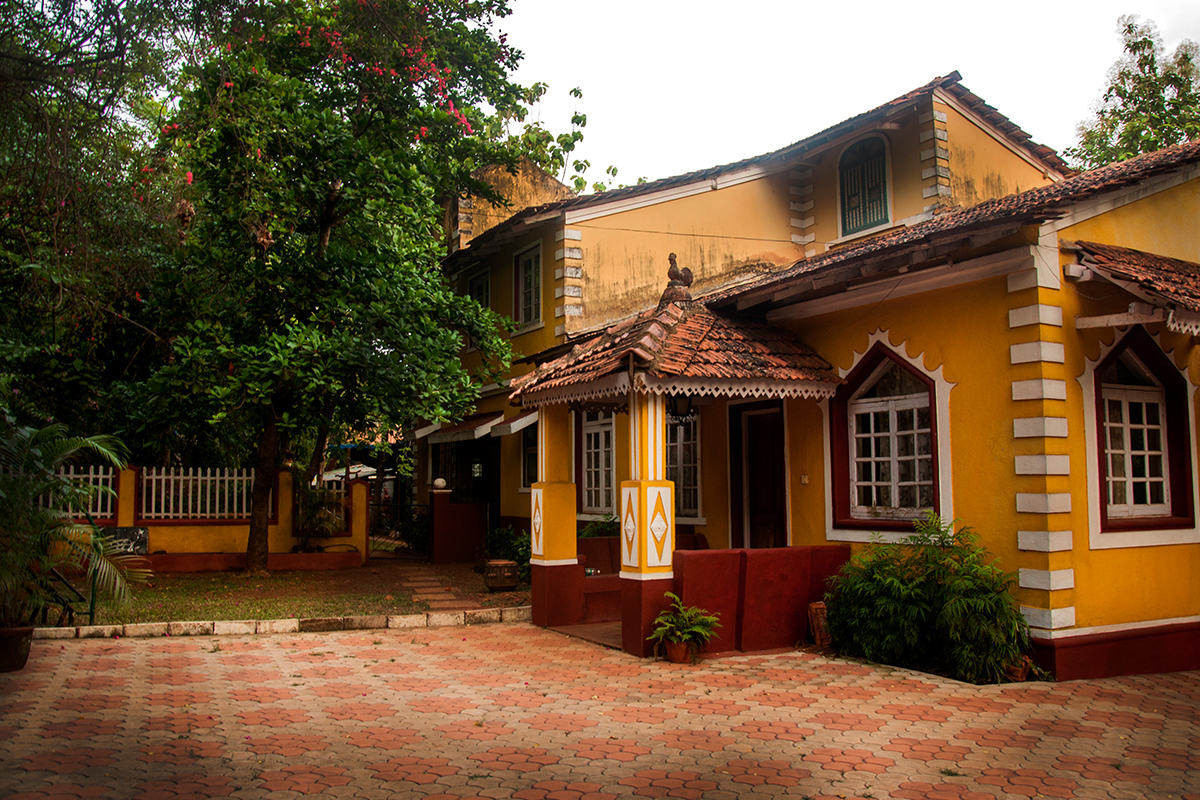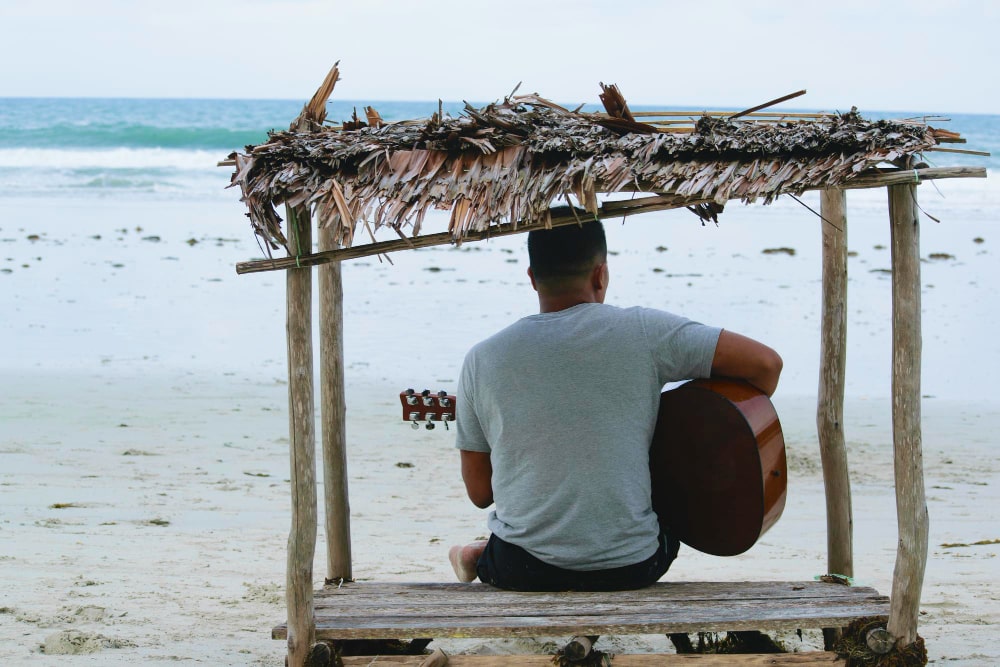Driving through the lush villages of North Goa, camera in hand, I’m often struck by the beauty of swaying palm trees and glistening rivers. Yet, amid this verdant landscape, I encounter relics of a bygone era—ancestral homes, once vibrant with laughter, family gatherings, and Goan traditions. These architectural gems, blending Portuguese and Goan influences, are more than structures; they are vessels of history, identity, and heritage. But today, many stand abandoned, their tiled roofs caving in, arched windows shattered, and vibrant facades overtaken by moss and vines. As a Goan, the sight of these crumbling homes stirs a deep sense of loss—not just for the buildings, but for the stories and cultural legacy they hold.
The Pain of Neglect
These ancestral homes are more than bricks and mortar. They are where grandparents shared tales, festivals like Christmas, Sao Joao, St Francis Xavier or Ganesh Chaturthi were celebrated, and family bonds were forged. Their neglect feels like a betrayal of the prosperity and community our forefathers built. Physically, these homes deteriorate under the weight of time, with maintenance costs piling up and property values declining. Emotionally, their decay severs a connection to our Goan roots, especially in a globalized world where identity feels increasingly fragile.
The primary culprit behind this neglect is often family disputes. Take, for example, a case where properties worth ₹8 crores in 2012 remain locked in a court battle, unresolved to this day. The dispute, involving an elderly couple’s estate, could have been settled amicably, but it persists, leaving the properties in limbo. Shockingly, the couple’s adult children, born abroad and unfamiliar with Goa, may one day stake their claim without ever having set foot in these homes. Such scenarios are all too common, turning ancestral assets into sources of conflict rather than pride.
The Challenges for NRIs
For Goans living overseas or outside Goa, managing ancestral properties presents unique challenges. Distance makes regular upkeep difficult, and the costs of renovating a dilapidated home—often ranging from ₹60–75 lakhs—are prohibitive, especially for those already managing financial commitments like EMIs. In my consultancy work with two NRI families in North Goa, I encountered similar situations: inherited ancestral homes, untouched for over two decades, in dire need of repair. Both families, despite stable incomes, found renovation costs daunting and lacked the time or local knowledge to navigate Goa’s complex property laws.
These homes, with their potential to generate revenue through tourism or cultural ventures, often become burdens instead. The emotional toll is significant—owners feel torn between preserving their heritage and the practical realities of distance, cost, and legal hurdles. Yet, abandoning these properties is not just a personal loss; it’s a cultural tragedy, as Goa’s architectural and historical legacy fades with each crumbling wall.
In Part 2, we’ll explore practical solutions to preserve these ancestral homes, including how to perfect property titles, avoid common pitfalls, and turn these assets into sources of pride and profit through options like homestays.



